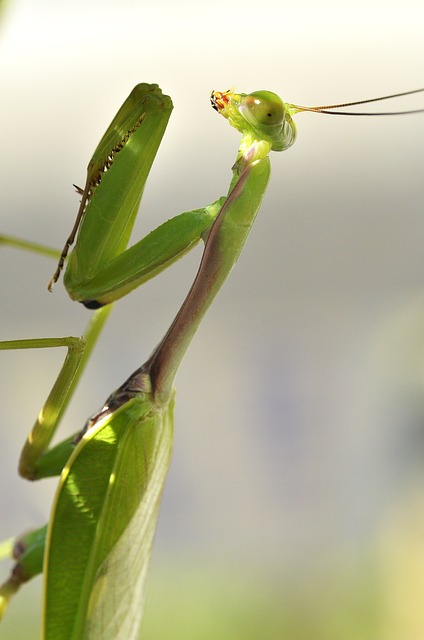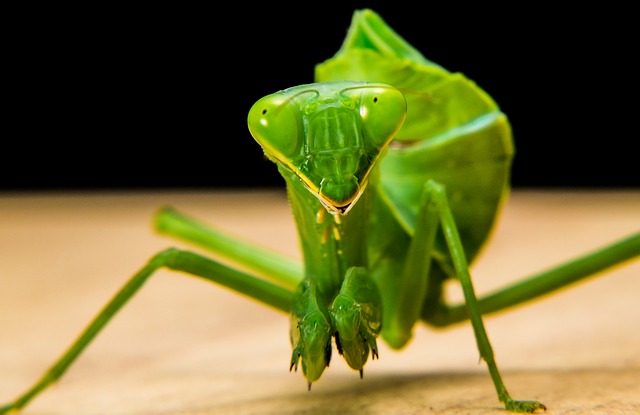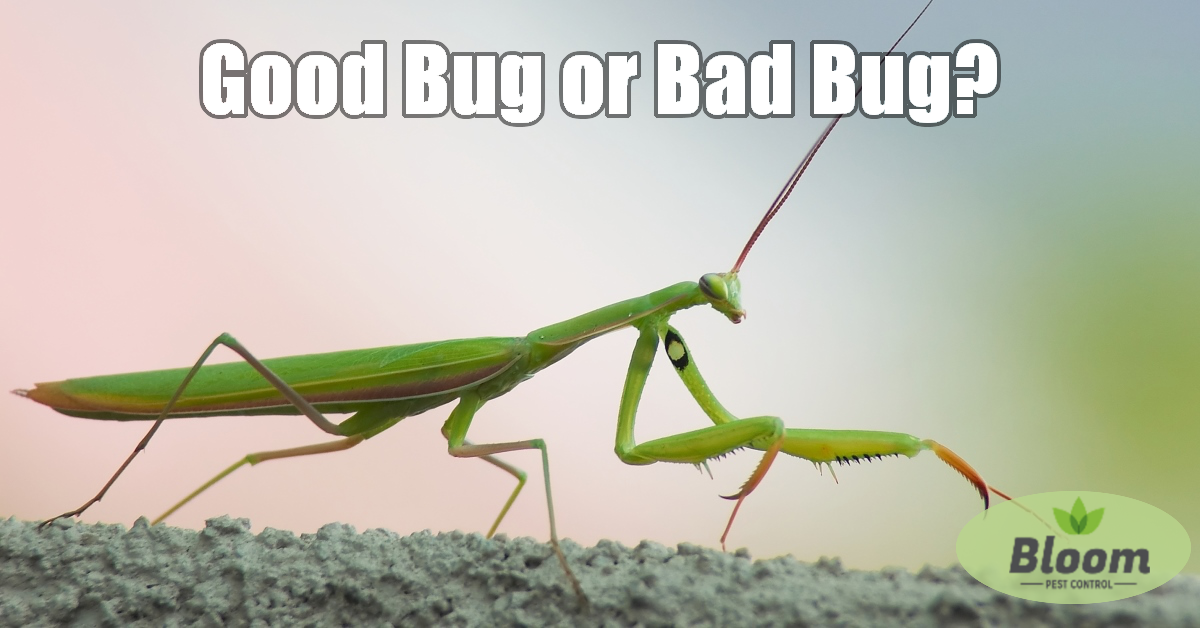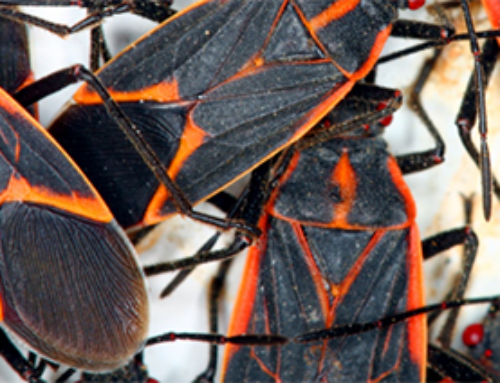
Try to guess what bug this is, just based on the description: tall, bright green, with big eyes attached to a bigger head that rests on a long neck, and has folding arms with flat forelegs and pinscher like hands. No, this isn’t an alien from outer space, but a praying mantis from earth! The praying mantis is one of the most distinct looking bugs out there. While they look intimidating, they’re quite harmless to humans and are fierce defenders of gardens and flowers.
Insane Life Cycle of a Praying Mantis

The praying mantis has one of the most infamous mating rituals of all the bugs; who haven’t heard of the original femme fatale that eats the male’s head after mating? This process usually happens around the autumn season, after the female has increased her food consumption in preparation to mate. A male will try to win her affection through courtship rituals involving a lot of dance, because who doesn’t like a man who’s light on his feet? Afterwards, he will hop on the back of the female and deposit his sperm into the end of her abdomen; then off with his head.
The female will usually deposit around 100 to 400 eggs in a secure structure called an ootheca; they hatch around 3 to 6 weeks after being deposited, usually right before winter. In the spring, the eggs transition into the nymph stage and emerge from the ootheca (though some will stay to eat their siblings. GROSS). As soon as they leave, they start to hunt for small insects. Finally, in the summer they enter the adult stage. During this time, they grow at a steady pace, molting as much as 10x until the end of the summer when they reach their full size.
Why Are Praying Mantis Good?
A fully grown praying mantis is a big enemy to bugs that endanger gardens and farms, particularly the aphid. Aphids are locust-like creatures that swarm through gardens and crops alike. While there are ways to get rid of aphids in a garden, the most effective way is to cultivate its natural predators, with the praying mantis being one of the most effective against them. Their elongated thorax gives them 360 degree motion of his head, making them able to see their food sources easier. Their hook ended forelegs also make it easier for them to catch and eat squirmy bugs.
As fearsome as they are to some bugs, praying mantises are very docile with humans; some even swear by keeping them as pets. Praying mantises are an example of beneficial bugs that are great to have around, especially if you have a thumb as green as they are.
Would you keep one as a pet?

Look at that adorable face!
Bloom Editor Danielle Schneider

Bloom Writer Leah Iannacone



